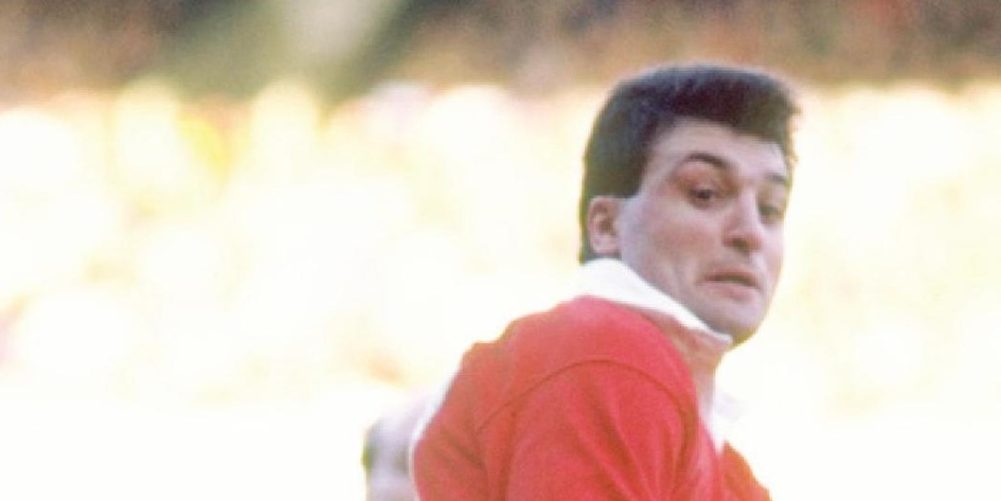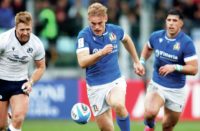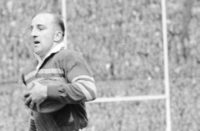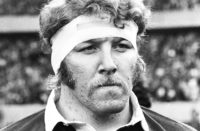THE MAN TRULY IN THE KNOW
It's built beneath the mountain, beneath the coal and clay, It's where we make the outside halves that'll play for Wales one day.
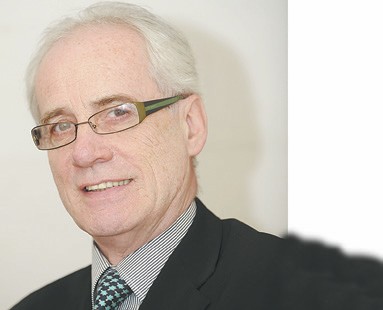
WHEN Max Boyce first waxed lyrical about the top-secret factory hidden two miles underground, the song had more than a ring of truth to it. So many gleaming models rolled off the assembly line that some very good ones went bareheaded for the rest of their playing days.
The contrast between now and then is stark enough to suggest that the old works have gone to rack and ruin. The post-World Cup decampment of four fly halves to England, France, Japan and New Zealand leaves Wales searching high and low for their next No.10.
They have had to endure hard times before but none, surely, as hard as these, what with Jarrod Evans (Harlequins), Gareth Anscombe (Suntory), Rhys Patchell (Highlanders) all out of bounds and Dan Biggar restricting himself to Toulon, his national service done on a grand scale.
Rhys Priestland has come to the end of a long road; the new No.1 contender, Sam Costelow, is injured, likewise the Ospreys' Owen Williams. And to think that Wales used to manufacture an embarrassment of fly-half riches, leaving the rest of the world with the distinct impression that they grew them on trees.
Only in Wales could someone as gifted as the late Billy Griffiths, puppeteer-in-chief behind Bridgend's brand of Total Rugby during the Sixties, end up without a cap to his name. Keith James, another blessed with lavish footballing skills as displayed for Newport and Cardiff, suffered the same fate a decade later.
As Phil Bennett's understudy at Llanelli, Bernard Thomas rarely missed a trick to suggest that one day the apprentice would succeed the sorcerer only for injuries to shunt him into the siding of what might have been. Bob Phillips of London Welsh, Ebbw Vale's mercurial Mike Grindle, Ian Lewis of Bridgend and the unrelated Mike Lewis of Aberavon wound up in the same category, as did one Danny Wilson.
Instead of hanging around to find out how far his partnership with Gareth Edwards at Cardiff could take him, Wilson went to League, unwittingly paving the way for his son to play almost a thousand matches for Manchester United.
The quality of those fly-halves assembled in Max's factory was such that not even all those classified among the brightest and the best made it onto the Test stage in their specialist position. Swansea's David Richards and Gwyn Evans from Maesteg are classic examples.
Both Eighties' Test Lions, Richards in South Africa in 1980, Evans in New Zealand three years later, neither played in his specialist position at the highest level. Richards, whose 17-match international career spanned five seasons, played all but one at centre, the other on the wing; Evans 11 of his 12 at full-back, the other at centre.
While Richards ran the show for Swansea in his natural habitat at 10, Wales preferred Gareth Davies to run theirs with a brief interruption from Gary Pearce of Bridgend before the advent of Richards' club successor, Malcolm Dacey.
Even during a decade of recurring trouble and strife like the Eighties when they were found seriously wanting in other departments, Wales kept on churning out fly-halves of exceptional ability. They even made one for the neighbours by mistake in Stuart Barnes, capped by Wales as a schoolboy in Newport before becoming the most Welsh of English fly-halves.
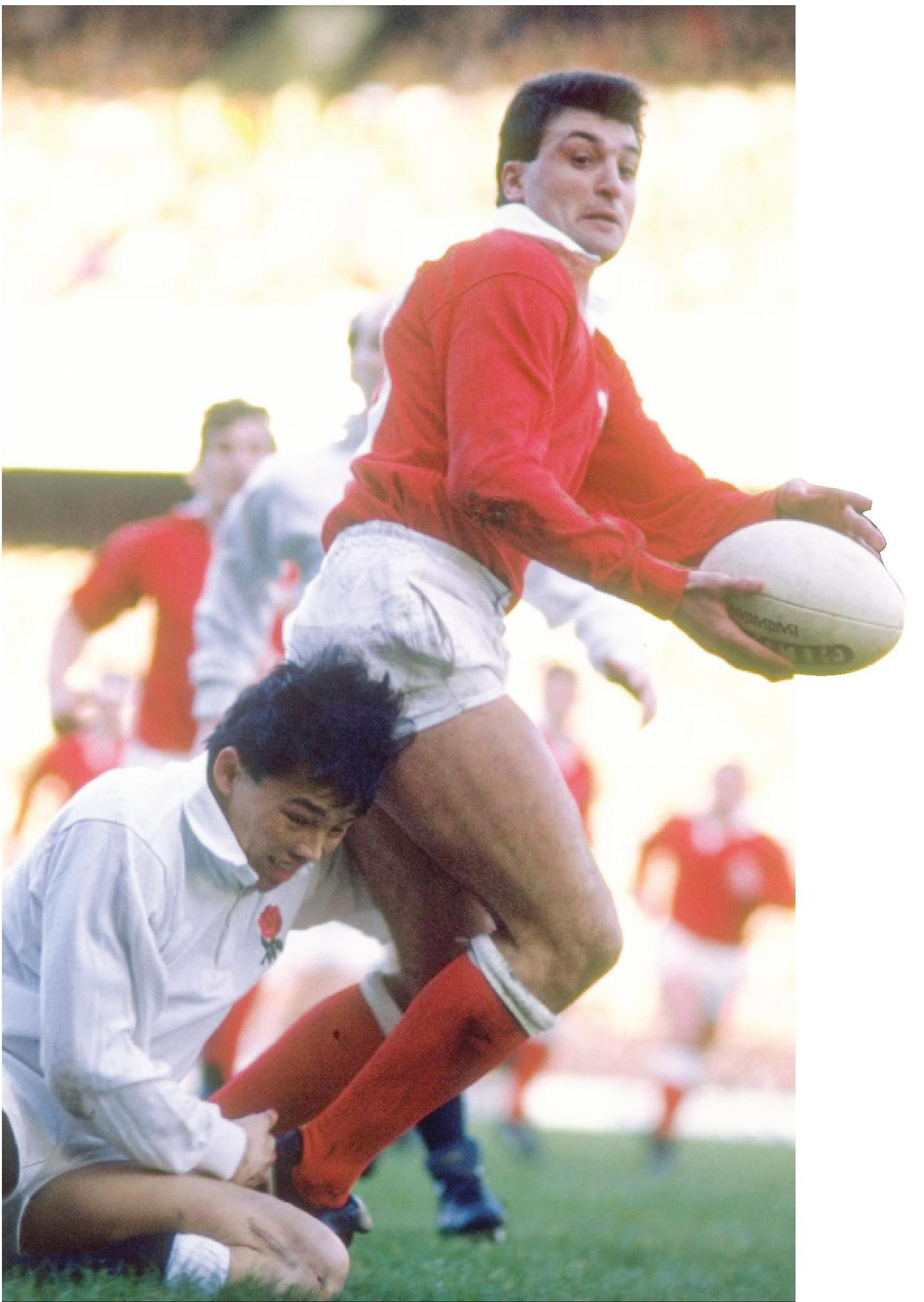
Despite Barnes' capping not long after he declined an invitation to join the Wales squad as a teenager, Wales still had a surfeit of playmakers clamouring for the same place. Solving the problem prompted the selectors, the renowned Big Five, into a decision of unprecedented magnitude.
For the start of the 1988 Five Nations, they dared to confront England at Twickenham with a team containing not one fly-half but four. Making room for the quartet meant dropping the hitherto undroppable Paul Thorburn whose touchline conversion against Australia the previous summer had put Wales on the World Cup podium for the only time.
They replaced him at full-back with a 20-year-old who had never played there before, a fact which led an already bemused Red Dragon Brotherhood to wonder if the Big Five had lost a marble too many. Tony Clement had just about enough time to get over the shock. The plan, as devised by the then coach, Tony Gray, was to run England off their feet by striking from deep. Wales chose two more fly-halves in midfield, Mark Ring and Bleddyn Bowen, each blessed by above-average intuition with another from the same mould, Jonathan Davies, calling the shots.
He had been fearful of losing his place to Clement whose pace, vision and all-round ball skills made him a Lion in Australia the following year. “There was such a powerful lobby for Anthony to replace me that putting him in at full-back was a compromise,'' Davies said. “Paul (Thorburn) had done wonders for Wales and deserved a quiet warning about their intentions. He was thunderstruck.''
England finished up that day at Twickenham in a similar state of mind. The four-fly-half plan worked so perfectly that Wales cruised home 11-3, a pair of unconverted tries from Cardiff wing Adrian Hadley ensuring a handsome away win without the need of a single penalty.
Warren Gatland is far too pragmatic to consider a similarly cavalier approach to the start of the Six Nations. His concern will be to identify one goalkicking fly-half and park another on the bench, a scenario which offers Bristol's Callum Sheedy every prospect of a come-back against Scotland in Cardiff on February 3, at worst as back-up to a fit Costelow.
Irrespective of how the saga plays out between now and then, the outside-half factory feels like just another relic from Wales' industrial past…

